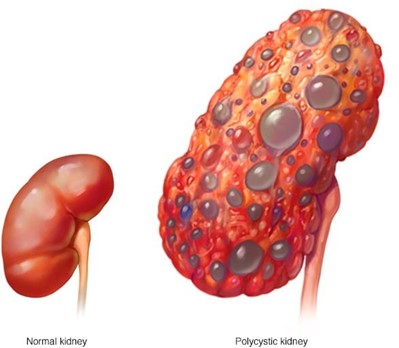Which task could the practical nurse (PN) safely delegate to the unlicensed assistivepersonnel (UAP)?
Participation in staff rounds to record notes regarding client goals.
Oral feeding of a two-year-old child after application of a hip spica cast.
Evaluation of a client's incisional pain following narcotic administration
Assessment of the placement and patency of a nasogastric feeding tube
The Correct Answer is B
The correct answer is **b. Oral feeding of a two-year-old child after application of a hip spica cast.**
Choice A rationale:
Participation in staff rounds to record notes regarding client goals is not an appropriate task to delegate to a UAP. This task requires clinical assessment, judgment, and documentation skills that are within the scope of practice of a licensed practical nurse (PN), but not a UAP.
Choice B rationale:
Oral feeding of a two-year-old child after application of a hip spica cast is an appropriate task that the PN can delegate to a UAP. Feeding a stable patient is a routine task that does not require advanced nursing skills or clinical judgment. As long as the child is not at high risk for complications, this task can be safely delegated to a UAP with proper training and supervision.
Choice C rationale:
Evaluation of a client's incisional pain following narcotic administration is not an appropriate task to delegate to a UAP. This task requires clinical assessment, evaluation of medication effects, and critical thinking skills that are within the scope of practice of a PN, but not a UAP.
Choice D rationale:
Assessment of the placement and patency of a nasogastric feeding tube is not an appropriate task to delegate to a UAP. This task requires specialized nursing skills and clinical judgment to ensure the safety and effectiveness of the feeding tube. It is within the scope of practice of a PN, but not a UAP.
Nursing Test Bank
Naxlex Comprehensive Predictor Exams
Related Questions
Correct Answer is D
Explanation
This is the best intervention for the PN to implement because it monitors the client's fluid status and helps detect fluid overload, which can cause hypertension and neurological changes. The PN should weigh the client at the same time, on the same scale, and with the same clothing every day.

A. Using a cushion when sitting is not a priority intervention for this client and may not address the BP or mental status issues.
B. Performing range of motion exercises is not a priority intervention for this client and may not address the BP or mental status issues.
C. Documenting abdominal girth is not a priority intervention for this client and may not be an accurate indicator of fluid status.
Correct Answer is B
Explanation
Ask the client to describe what happened.
Calling the agency-based client advocate (Choice A) should not be the first action taken in this situation. While involving an advocate might be necessary at some point, it is more appropriate to address the client's concerns and gather information about the incident first.
Completing a client adverse incident report (Choice C) is an important step to document theevent and any potential issues, but it should not be the first action taken. Before completing the report, the nurse needs to understand the situation from the client's perspective.
Informing the charge nurse of the situation (Choice D) is a reasonable step, but it should not be the first action. It may be necessary to escalate the issue, but understanding the situation from the client's viewpoint should be prioritized.
Whether you are a student looking to ace your exams or a practicing nurse seeking to enhance your expertise , our nursing education contents will empower you with the confidence and competence to make a difference in the lives of patients and become a respected leader in the healthcare field.
Visit Naxlex, invest in your future and unlock endless possibilities with our unparalleled nursing education contents today
Report Wrong Answer on the Current Question
Do you disagree with the answer? If yes, what is your expected answer? Explain.
Kindly be descriptive with the issue you are facing.
